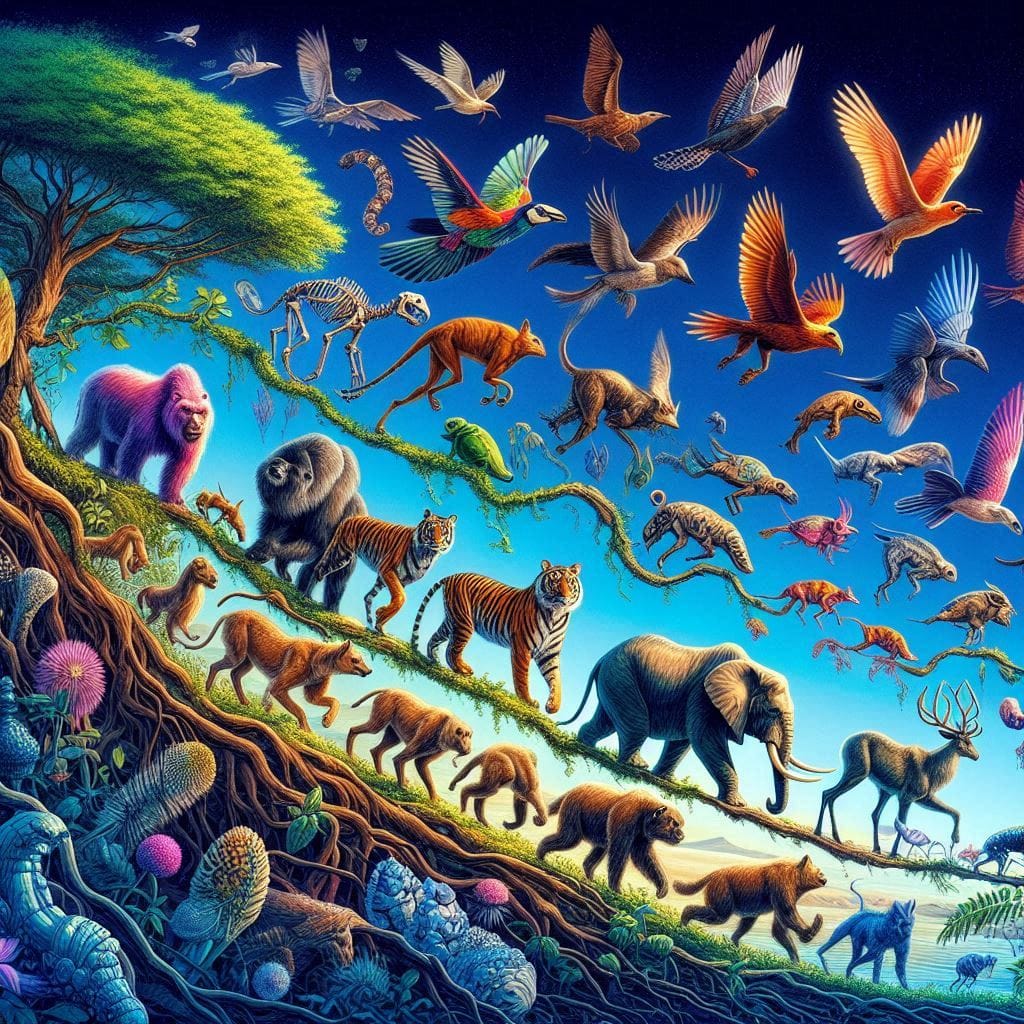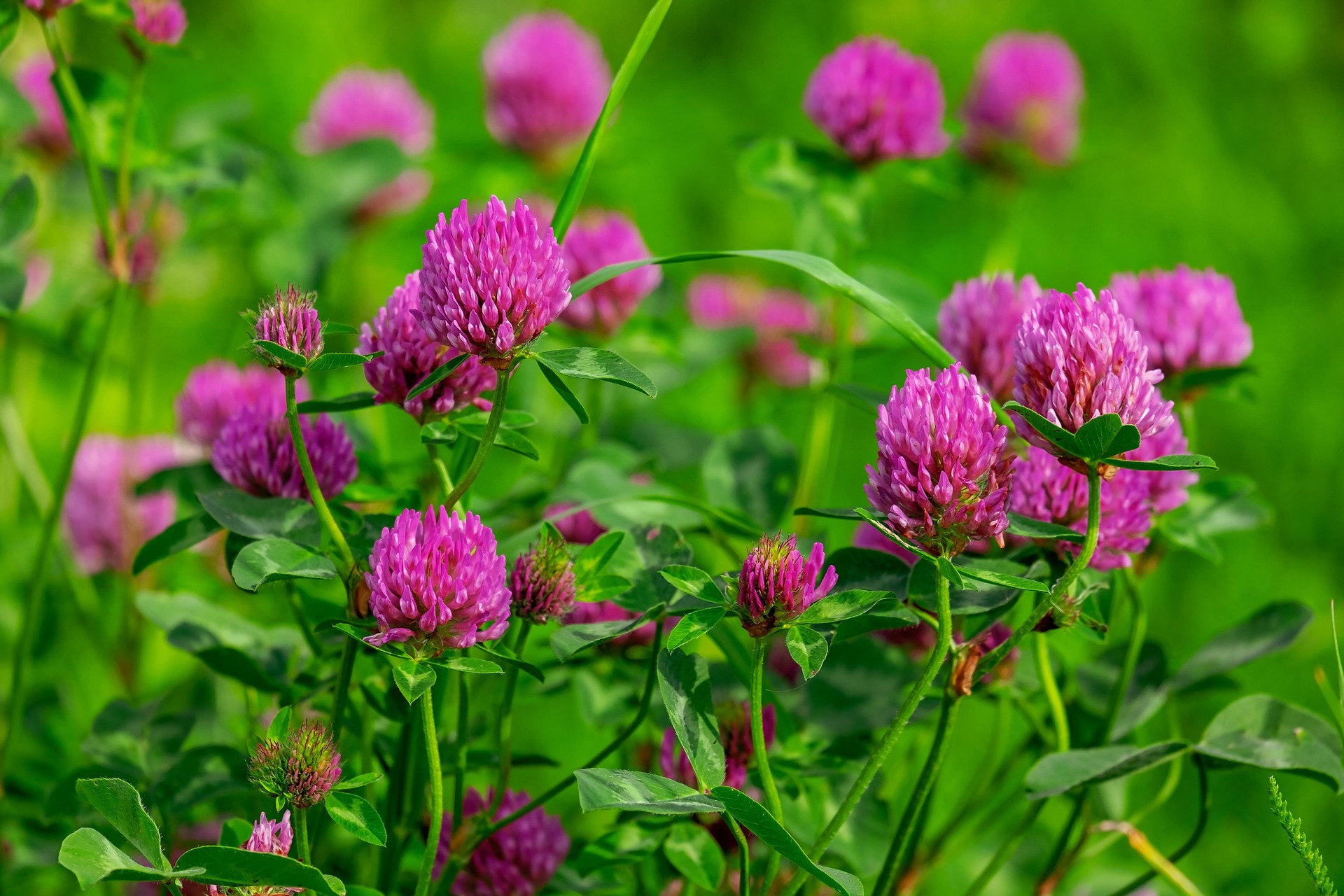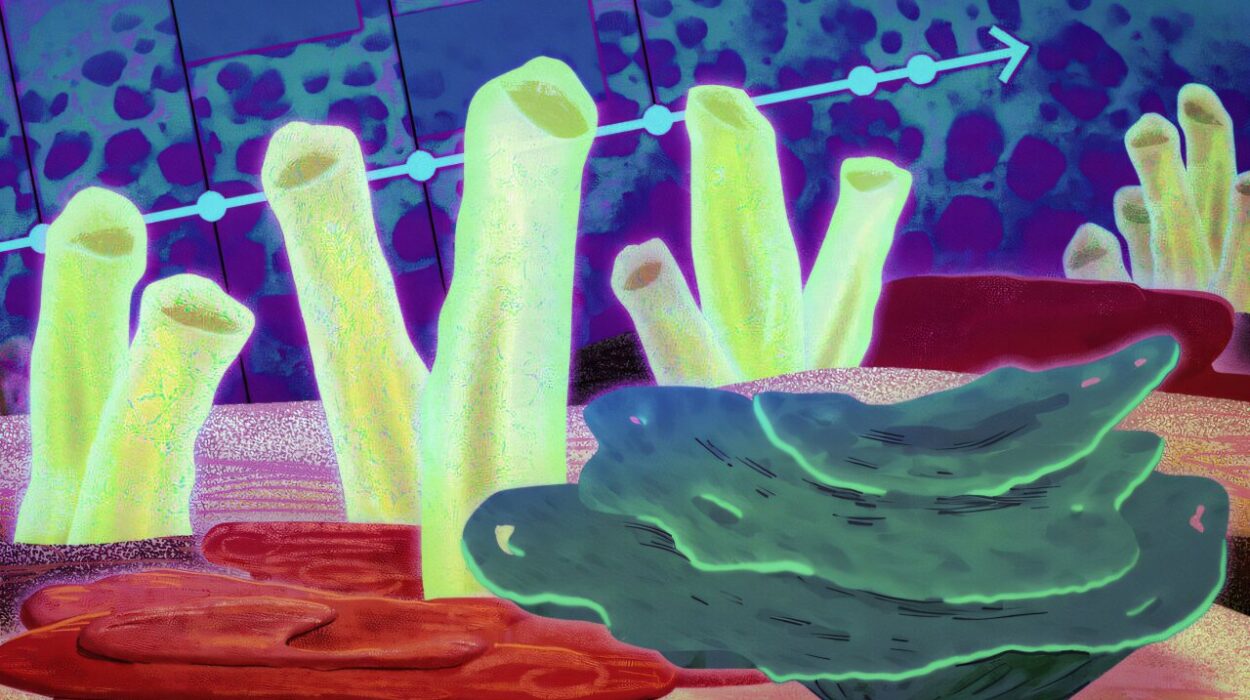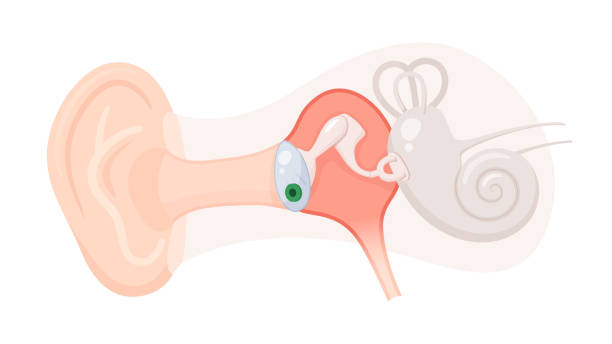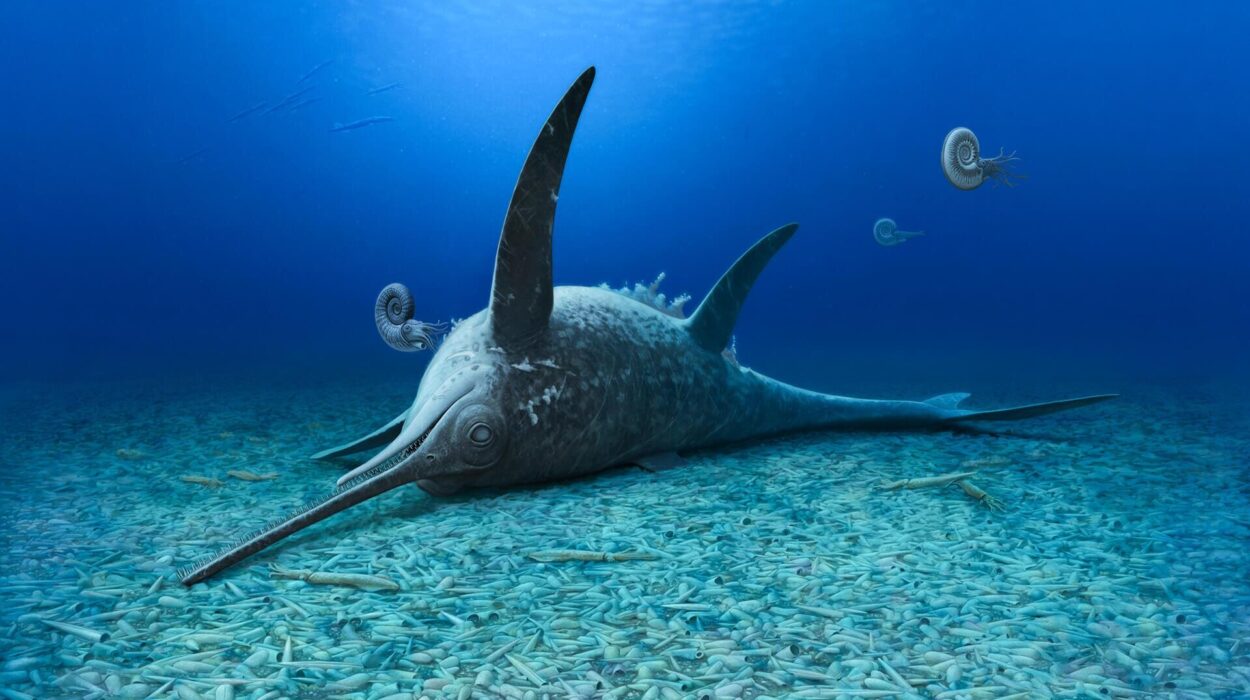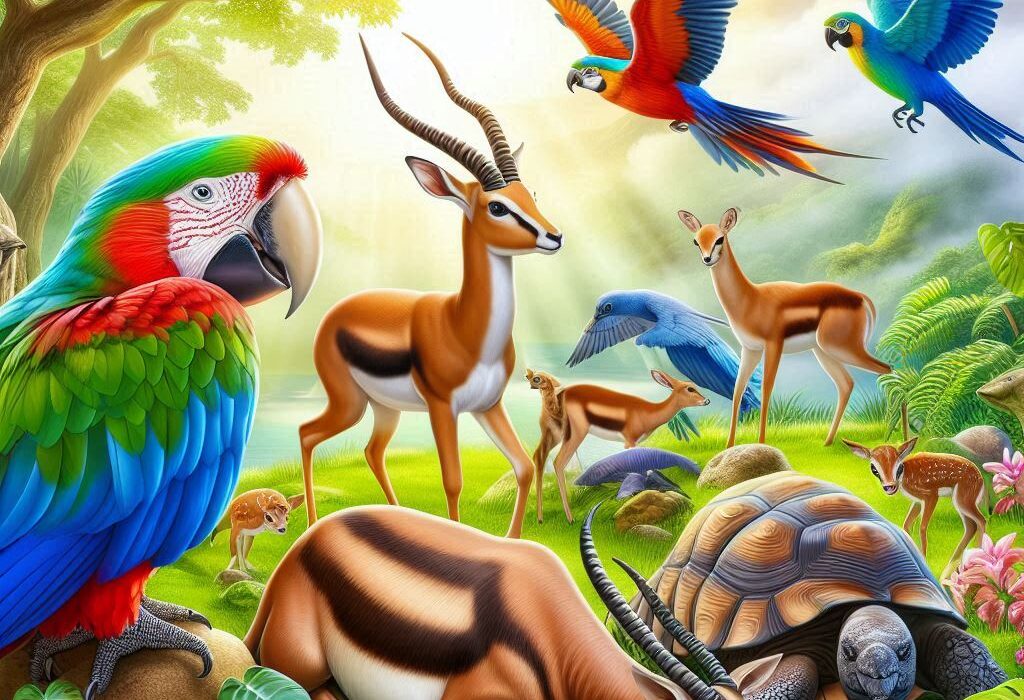It starts not with a roar, but with a whisper—life changing in small, nearly imperceptible ways. One creature is born with slightly longer legs. Another with slightly sharper teeth. Another with a curious preference for shade over sunlight. Each is a thread in a tapestry billions of years in the making. Evolution is not a single moment of transformation, but the slow, relentless chisel of time, carving life into endless forms most beautiful—and strange.
To understand how species evolve over time is to step into the deepest mystery of existence. It is to listen to the murmur of DNA and the roaring silence of extinction. It is to trace the hand of nature as it sculpts giraffes from ancient hoofed mammals, feathers from scales, and whales from land-walking beasts. This is not merely a scientific story—it is the story of who we are, and how we came to be.
The Dance of Heredity and Variation
At the heart of evolution lies a simple truth: living things reproduce. But reproduction is never perfect. In the grand copying of life’s instruction manual, errors slip in—tiny typos in the genetic code. These mutations might be neutral, harmful, or occasionally beneficial. They occur not because nature plans them, but because biology is messy, complex, and governed by chemistry, not intention.
Yet it is from this chaos that order emerges. Offspring inherit their genes from parents, and with them, their potential for survival. Some inherit stronger wings, or better eyesight, or resistance to disease. These traits can give them an edge—just enough to survive predators, endure drought, or catch more food. Over time, as those with advantageous traits reproduce more successfully, those traits become common in the population.
This process—natural selection—was first articulated by Charles Darwin and Alfred Russel Wallace in the 19th century. It is elegant in its simplicity and staggering in its consequences. It explains how a fish can become a land animal, or how a tiny mammal can become a bat.
But natural selection is not the only mechanism at play. There is also genetic drift, the random fluctuation of genes, especially in small populations. There is gene flow, where migration spreads genes between groups. And there is mutation itself, the ultimate source of all genetic novelty. These forces intertwine, sometimes reinforcing each other, sometimes pulling in different directions, but always guiding life’s journey.
Fossils: The Echoes of Transformation
Walk through a canyon wall or brush aside sand in a desert, and you might find the shadow of a fern, the outline of a trilobite, or the bones of something long gone. Fossils are the memory of evolution etched in stone. They show us that change is not a theory—it is a fact carved into Earth’s crust.
Through the fossil record, we trace the slow metamorphosis of life across epochs. We see fish with primitive lungs and limbs, caught in the act of becoming amphibians. We uncover birds with teeth and clawed wings, bridging the gap between dinosaurs and modern avians. We find whales with legs, buried in ancient seabeds, proving that today’s ocean giants were once land-dwellers.
These discoveries are not just academic. They are emotional revelations, connecting us to a past so ancient it feels like myth. Every fossil is a chapter in the biography of life—a testament to the deep, winding path of evolution.
Speciation: When One Becomes Many
Species evolve gradually, but sometimes they split. One population becomes two, and two become many. This process, called speciation, is the branching of life’s great tree. It happens when populations become isolated—by geography, behavior, or even time—and diverge.
Imagine a small group of birds blown by a storm to a distant island. They adapt to new food sources, different predators, and unique conditions. Over generations, their traits diverge from the original population. Eventually, they become a new species—unable to interbreed with their ancestors, even if they meet again.
This has happened countless times. The finches of the Galápagos Islands, each with differently shaped beaks suited to their diets, helped inspire Darwin’s theory. The cichlid fishes of Africa’s lakes, with their riotous diversity, demonstrate how quickly and dramatically species can multiply.
Speciation is not an event but a process. It can take thousands or millions of years. Sometimes it proceeds slowly, almost invisibly. Other times, it seems to explode, as in adaptive radiations where one lineage gives rise to dozens or hundreds of new forms.
But always, it is nature’s way of exploring possibility, of trying out new designs in the endless experiment of life.
The Genetics of Evolution: Code That Changes
At the molecular level, evolution is written in DNA. Every living thing shares this remarkable molecule—a twisted ladder of four letters, endlessly recombined. Mutations in DNA are the raw material of evolution, but how they translate into change is a story of complexity and nuance.
Some mutations alter proteins, the workhorses of cells. Others regulate when and where genes are turned on or off. Some affect only one trait, while others ripple across the body. The rise of genomics has revealed just how intricate this dance can be.
Gene duplication allows evolution to tinker with one copy while preserving the other. Horizontal gene transfer—especially in microbes—blurs the lines between species. Epigenetics shows that gene expression can be influenced by environment, sometimes even across generations.
Far from being a static code, DNA is dynamic. It mutates, rearranges, jumps, and silences. And all of it adds fuel to the evolutionary engine.
Evolution in Real Time
Though we often think of evolution as slow, it can happen surprisingly fast—especially when selection pressure is intense. One of the most famous examples is the peppered moth in England. Before the Industrial Revolution, most moths were pale, blending in with lichen-covered trees. As pollution blackened the bark, dark-colored moths gained an advantage, and their numbers soared. When pollution declined, pale moths once again became dominant.
Another striking case involves bacteria. Because they reproduce rapidly, we can observe evolution across generations in real time. Antibiotic resistance in bacteria is a clear example. Under the pressure of antibiotics, bacteria mutate, and those with resistance genes survive and multiply. In just a few years, once-effective drugs become useless. This is not theoretical—it is a global medical crisis driven by evolution.
Viruses evolve, too. The influenza virus changes constantly, requiring new vaccines each year. SARS-CoV-2, the virus behind COVID-19, evolved variants like Delta and Omicron with new traits, sometimes evading immunity. These examples remind us that evolution is not just about dinosaurs or deep time—it is about today, and about survival.
Coevolution: Nature’s Arms Races and Partnerships
No species evolves in isolation. Every creature is part of a web of interactions—with predators, prey, parasites, competitors, and symbiotic partners. These relationships drive coevolution, where changes in one species spur changes in another.
Consider the cheetah and the gazelle. As cheetahs evolved to run faster, gazelles did too. Each improved leg muscle or faster twitch fiber triggered counter-adaptations in the other. This evolutionary arms race has pushed both to extraordinary athleticism.
On the other hand, coevolution can be cooperative. Flowers and pollinators often evolve in tandem. A hummingbird’s beak length matches the flower it feeds from. Orchids develop intricate mechanisms to ensure pollination by specific insects. These mutualisms can be so tight that the extinction of one partner threatens the other.
Even humans are part of this web. Our ancestors domesticated dogs, wheat, and cattle, shaping their evolution. In return, they shaped ours—genetically, culturally, and ecologically.
Extinction and Rebirth: The Shadow Side of Evolution
For all its creativity, evolution has a dark twin: extinction. More than 99% of all species that have ever lived are now gone. Some vanished slowly, unable to adapt to changing conditions. Others perished in cataclysms—asteroid strikes, volcanic winters, ice ages.
Mass extinctions, like the one that ended the reign of dinosaurs 66 million years ago, reset the evolutionary stage. They wipe out dominant groups and open ecological niches for others. In the wake of that disaster, mammals—once small and nocturnal—rose to prominence. Without extinction, humans might never have evolved.
Extinction is a necessary part of evolution, but today, it looms again. Human activity is causing habitat loss, climate change, pollution, and the spread of invasive species. The current extinction rate rivals those of past mass extinctions. Whether life will recover depends on what we do next.
Human Evolution: Our Own Story
Perhaps the most personal chapter in evolution’s story is our own. Humans are not separate from evolution—we are its product. Our lineage diverged from other apes about six to seven million years ago. Over time, bipedalism emerged, freeing the hands for tool use. Brain size increased. Language developed. Culture and consciousness blossomed.
We share over 98% of our DNA with chimpanzees, yet we are uniquely human. This paradox fascinates scientists. Fossil discoveries in Africa—from Lucy, the Australopithecus, to Homo erectus and eventually Homo sapiens—map our journey. Genetic studies reveal interbreeding with Neanderthals and Denisovans, showing that human evolution is not linear but braided.
Our species is still evolving. Genes for lactose tolerance, resistance to disease, and adaptation to altitude have changed in just the last few thousand years. Technology, culture, and artificial environments now interact with biology in new and profound ways.
But we must remember: our intelligence is not a pinnacle—it is a tool. And how we use it will shape evolution for all life to come.
Evolution and the Future of Life
What comes next? Evolution has no goal, no end point. It continues as long as life exists. In the coming centuries, we may see new species arise as climate change reshapes habitats. Others may vanish before they are even discovered.
Artificial selection—once the domain of agriculture—now includes genetic engineering and synthetic biology. We can edit genes, clone animals, and perhaps one day create new life forms. But with this power comes responsibility. We are no longer passive players in evolution—we are active agents.
Space exploration might seed life beyond Earth. Artificial intelligence may redefine intelligence itself. Evolution may leave biology behind entirely, merging life with machines. Or it may humble us, reminding us that life is more adaptive than we can predict.
A Universe of Change
To watch species evolve over time is to watch the universe sculpt itself. From the first replicating molecules in ancient oceans to the minds capable of contemplating their own origins, evolution is the engine of complexity. It is slow but unstoppable, cruel yet creative.
We are both its beneficiaries and its custodians. And in a world where every butterfly wingbeat and coral reef tells a story of change, perhaps the greatest act of wisdom is to listen.
Because evolution is not finished. It never was. And neither are we.
